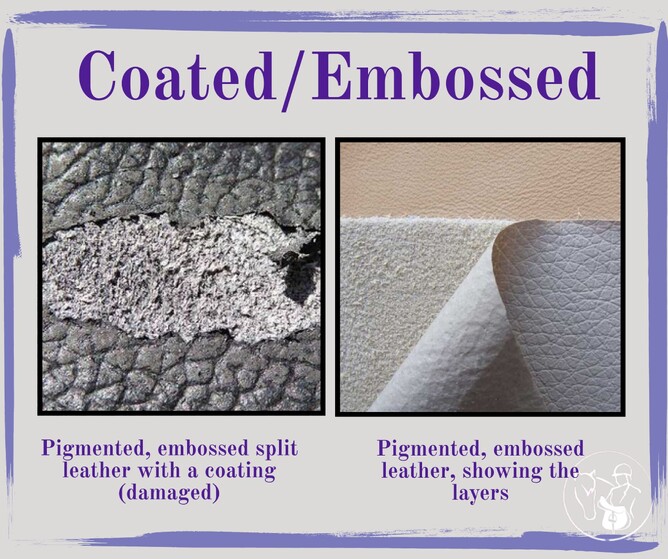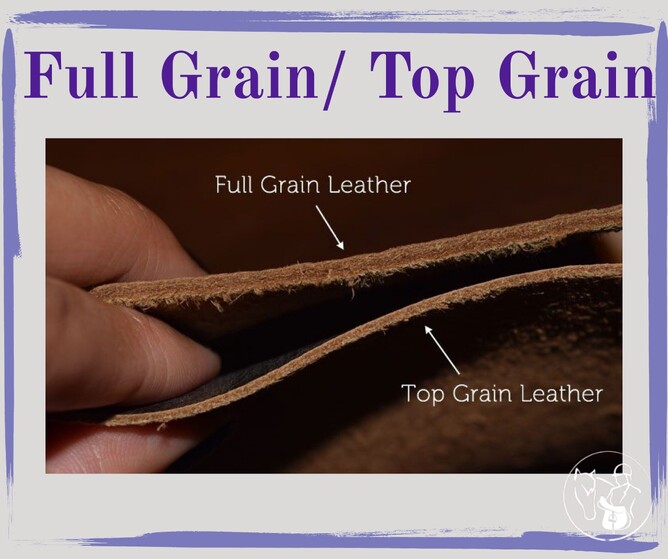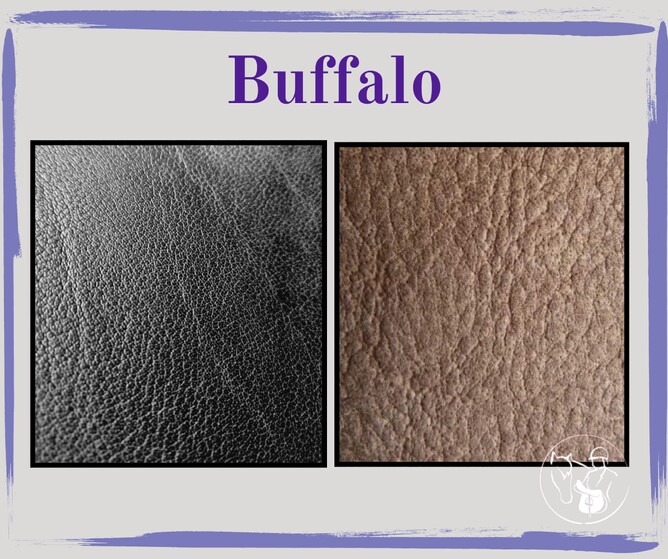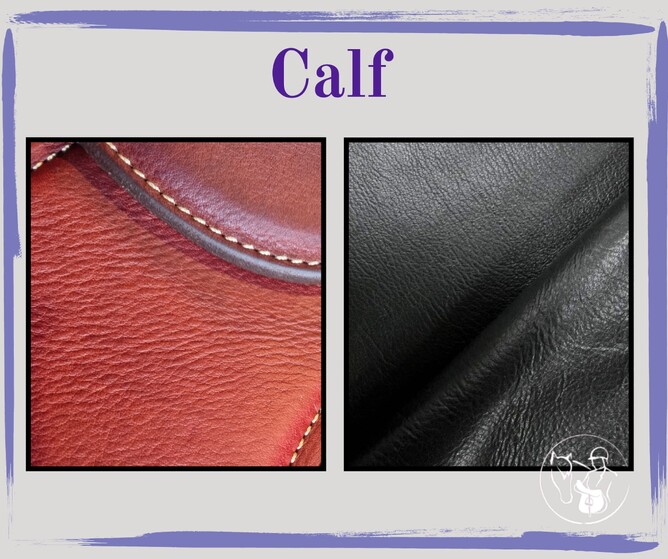For most people, choosing the type of leather for your saddle will depend on your discipline, if weight matters, how long you spend in the saddle, where you ride, what type of longevity you want, and how much care you want to put into it. If you have been riding for several years you may have been through a few saddles and noticed a difference in the leather quality and how it ages...but why?
Below is a brief overview on leathers used for saddles.
Coated or Laminated Leather
Coated or Laminated leathers are defined as any leather covered with a coat/ film of laminate over them (think patent leathers or shiny leathers), where as leather is coloured by spraying, is called pigmented leather (think glossy shoes) . This leather is made from a split leather, and the coating applied, embossed (often adding a print that looks like calf) and is much more cost effective, reducing the price of a leather saddle.
Cons are that the coating can be pulled off easily with wear, exposing the split grain (suede like) leather underneath that lacks the strength of the upper grained leather.
Top Grain Leather
Used where a pristine look is desired. The leather is named top grain because the very top layer is sanded, buffed or shaved off (split), to prepare the leather for a coated top layer to create a more 'perfect' finish. PRINTED top grain leather can add grip for the rider. Terms often used are Antique, Memel, English Mellow, Pig Print, Buffalo, Nordic, Supplex and others. SMOOTH leather is achieved by processing a hide that has been tanned without the use of any roughing or finishing processes (prints) and gives a lovely uniform finish which is often desired.
Cons - smooth leather marks easily and can't always have the flaws hidden as well as a printed leather. Top grain leather is stiffer than full grain.
Buffalo Leather
The skin structure of the buffalo has large pores compared to normal cow leather, and the fibre structure itself is also coarser, making it strong. This leather is hard wearing & long lasting and doesn't dry as quickly as some other leathers. It also is harder to mark with general wear/ scratches.
Cons- often the grain of the buffalo is variable so can look different between the skirt and the flap of the saddle (not ideal for people particular about looks). Is a heavy leather as it's naturally oily.
Calf Leather
The favoured leather for many riders, luxurious and grippy to feel, it is the most expensive leather due to the fact that calf leather comes from a calf under a year old, weighing less than 150 kilograms, so not much leather per animal). The skin has a fine grain to it as it's not as thick naturally and the hair follicles are still very close together.
Cons - is more expensive. It also also more likely to wear through on the flaps and can stretch/ wrinkle if over oiled or it gets too wet.
Summary
I hope this helps give insight into why you may see a price difference in full leather saddles, even when they are made in the same country- it's not that the more expensive saddle companies are making a massive profit, it's just that the types of leather they use cost more to produce due to the tanning and dying quality.
What is the most durable leather for saddles?
Buffalo leather is the most durable due to its coarse fiber structure and natural oils, making it resistant to wear, scratches, and drying out. It's an excellent choice for riders seeking a long-lasting saddle.
How do I maintain my leather saddle to extend its lifespan?
Regularly clean your saddle with a leather-specific cleaner and condition it to keep the leather supple. Avoid over-oiling, as it can cause stretching, especially with calf leather. Store your saddle in a cool, dry place to prevent moisture damage.
Why is calf leather more expensive than other types?
Calf leather comes from younger animals, providing a finer grain and luxurious texture. However, the smaller size of the hides results in less leather per animal, which increases production costs.
